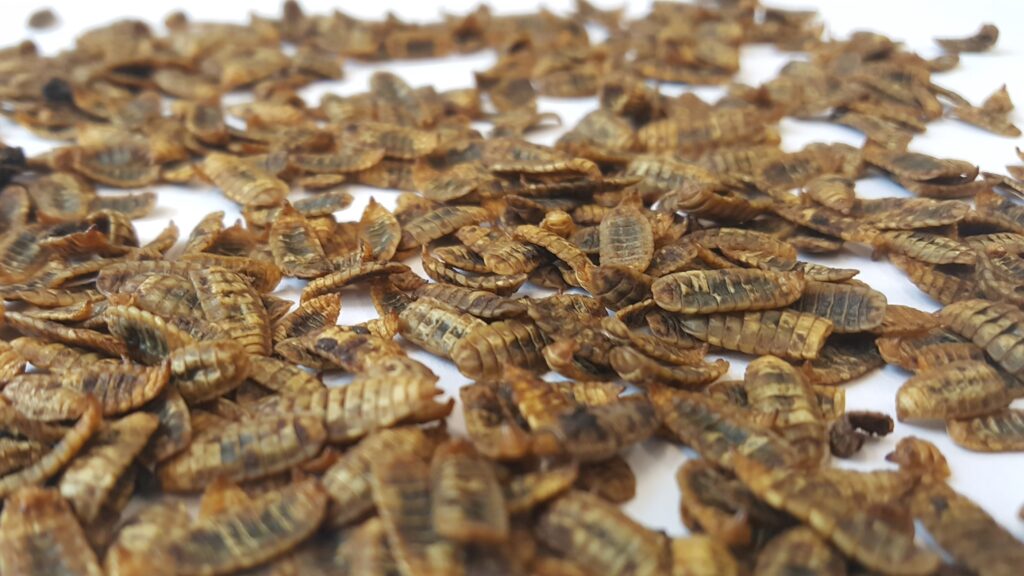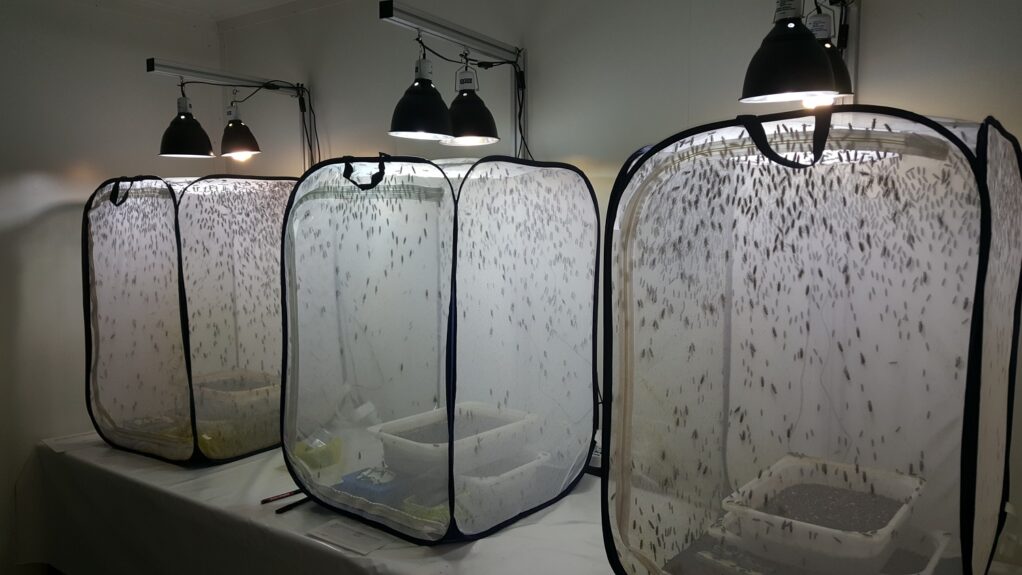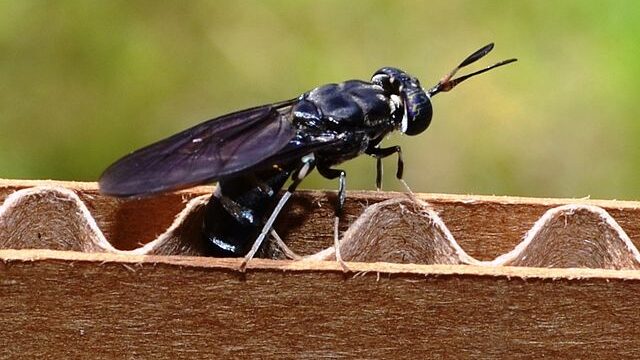Have you ever noticed larvae in your compost bin (if you have not, watch this video)? Does their wriggling slimy appearance make you feel squeamish? Well, brace yourself as I take you on a tour of Sanergy`s waste treatment facility in Nairobi, Kenya. This story is about my work with Sanergy, a company that treats organic waste with a process that uses tens of millions of fly larvae. The larvae convert waste into larval biomass and, eventually, a valuable animal feed.
How to make feed from flies
by Moritz Gold, 14.11.2019

Sanergy collects and treats human faeces from low-income urban areas in Nairobi and treats them with black soldier fly larvae. (photo credit: Moritz Gold/ETH Zurich)
In Kenya, fly larvae convert organic waste into animal feed. Engineering for Development (E4D) scholar, Moritz Gold works to bring the process to a viable scale.
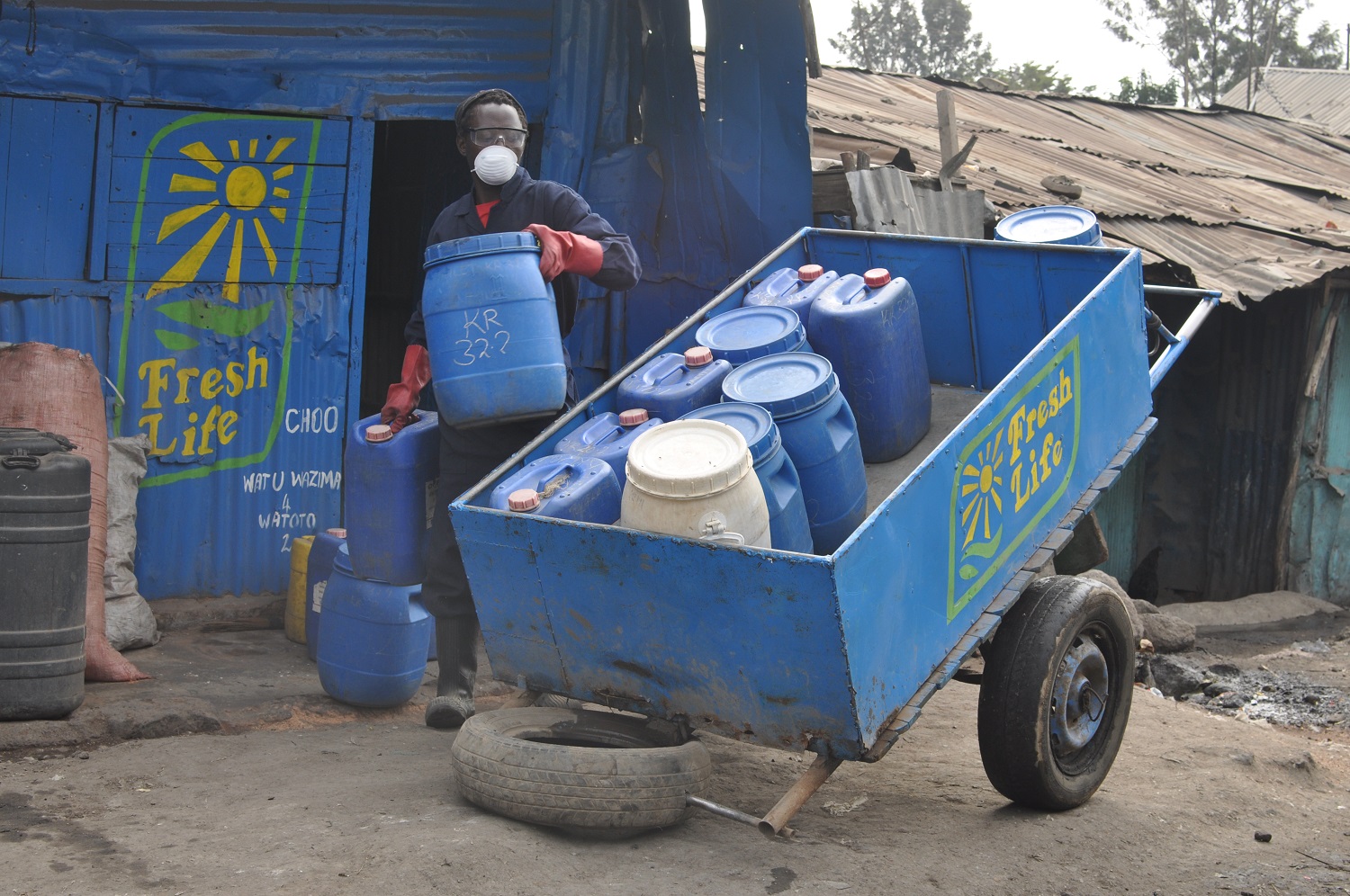
Collection of sanitation waste in low-income areas (photo credit: Louise Couder/Sanergy)
In some ways, Nairobi is a typical city in a low-income country. While it is a hub for employment and services such as health and education, for many residents - particularly those with low in-comes - the city’s inadequate public services presents a variety of environmental health risks.
How is it that more people have access to a mobile phone than access to a clean toilet? One reason is that the complete management of waste - defined as a complete chain including: Containment (for example waste bin or toilet), waste collection, transportation, treatment, and disposal or reuse – simply does not exist as it is quite resource intense to implement and operate.
One way to offset the cost of waste management is to create a revenue stream from waste treatment products. Organic matter such as human faeces or kitchen waste include nutrients, energy, and water. These resources can be used to produce products such as compost, biogas, fuels, heat, or even electricity. However, it is a common misconception that treatment products are an easy way to cover all treatment efforts.

Viable operation of Sanergy`s facility requires more substrate for larval growth such as fruit and vegetable wastes. (photo credit: Moritz Gold/ETH Zurich)
Sanergy’s black soldier fly larvae treatment facility, an award winning social enterprise, is among the largest in the world. While Sanergy takes advantage of the larvae’s big appetite for waste, it is not viable at the current scale. Operationally, it is important to take into account economies of scale. Sanergy needs to treat more waste and produce animal feed to be viable. Not just any waste will do; however, blindly accepting more waste has dramatic consequences on insect biomass production. Since larvae control their growth depending on available nutrients, a systematic approach for facility scale-up is necessary. Scaling up requires consideration of the waste nutrient composition and treatment performance, availability, and, of course, costs. (Read more here)
When I arrived in Nairobi, I hit the ground running. In an open office space in an industrial area, teams are looking over drawings for the expansion of the treatment facility, while others discuss equipment or procurement procedures. The vibe is positive, but there is also a sense of urgency surrounding the functionality of the new facility. The design capacity is crucial for the future of the company.
My laboratory research results produced at Eawag and ETH Zurich are valued at Sanergy. Sanergy's labs are equipped to do professional testing for their current product lines, but ETH/Eawag have even better resources to undertake more advanced chemical analyses. It is exciting for me to implement the results of my doctoral research into a real-life project, and to see some of my results implemented in the facility design and operations.
The collaboration also helps me to reflect on the current narratives regarding the hot topic of treating waste with fly larvae, and scenarios for identifying more sustainable production concepts via Life Cycle Assessments (LCAs) performed by an interdisciplinary team around the Sustainable Food Processing (SFP) Group at ETH Zurich. The case study of Nairobi demonstrates that sourcing waste for a black soldier treatment facility is actually challenging, despite the daunting waste management problem. In reality, high-quality wastes that have the highest potential for viable facility operations already have a use and price. Taking these waste out of existing resource recovery options may conflict with the frequently claimed environmental sustainability of insect-based feeds. For example, restaurant and hotel waste typically result in a high larval biomass production due to their high nutrient content, but come at a price due to their already existing use as animal feed. Animal manure and fruit waste might also already have a use as soil conditioner, are available at lower cost, but have a lower biomass production due to their lower overall nutrient content. While it is more sustainable to use waste products that are not already used for feed - such as animal manure and fruit waste - this process produces less larvae and changes the economic viability. The current aim is to strike a balance by creating animal feed from high-quality waste products that do not produce larvae more sustainable than the status quo.
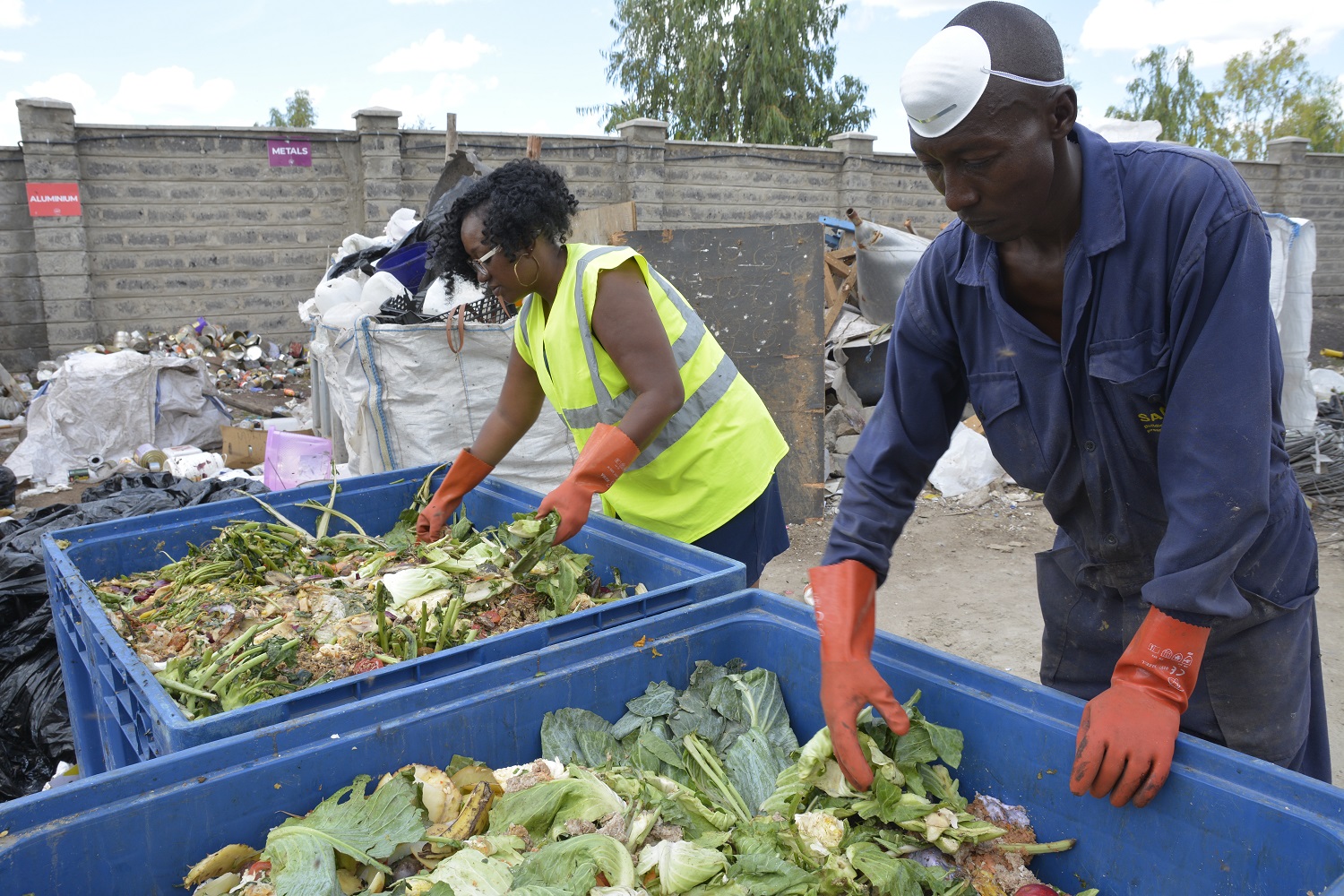
Organic waste collection (photo credit: Louise Couder/Sanergy)
Nairobi produces > 1,000 tons of organic waste each day! What does it take to treat this waste using resource-recovery based technologies, instead of discharging it into the environment or disposing it into the environment? Human excreta and municipal organic waste is typically mixed with water and inorganics. Since source-separation of organic and inorganics is less convenient and requires different technologies, significant resources are needed to change the status quo. To increase source-separation and/or the amount of treated waste, Sanergy provides additional benefits to its customers on top of a quality waste collection service. The benefits include revenues from the recycling of inorganics separated from the waste and certificates of the amount of waste saved from landfill disposal.
These experiences should also be an example for Switzerland. In Zurich, large amounts of organic waste is disposed with inorganics and incinerated, making their nutrients unavailable for reuse.
More information and links
Engineering for Development (E4D) program: https://eth4d.ethz.ch/funding-opportunities/E4D-Scholarships/e4d-doctoral-scholarships/E4D-Fellow-Moritz-Gold.html
ETH Zurich, Laboratory of Sustainable Food Processing: https://sfp.ethz.ch/research/insect-sustainability.html
Eawag, Department of Water, Sanitation and Solid Waste for Development: https://www.eawag.ch/en/department/sandec/projects/mswm/black-soldier-fly-biowaste-processing/
Do you want to set-up a black soldier fly larvae colony. Check out the Eawag Step-by-Step guide: https://www.eawag.ch/fileadmin/Domain1/Abteilungen/sandec/publikationen/SWM/BSF/BSF_Biowaste_Processing_LR.pdf
Blog on black soldier fly larvae biowaste treatment: https://www.evoconsys.com/blog
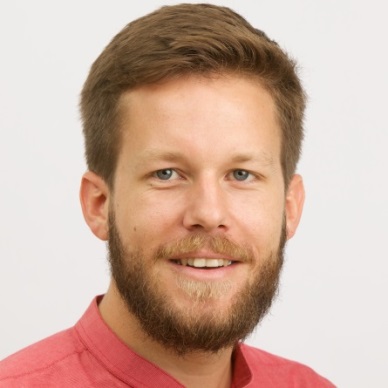
About the author
Moritz Gold is an Engineering for Development (E4D) doctoral student in the group of Prof. Alexander Mathys at ETH Zurich’s Laboratory of Sustainable Food Processing, as well as Dr. Christian Zurbrügg, Eawag: Department of Water, Sanitation and Solid Waste for Development. His research is funded by the Sawiris Foundation for Social Development, Eawag, ETH Global, ETH Foundation and Bühler AG. Moritz holds an MSc. in Environmental Engineering from the University of Stuttgart. Since 2013, he has worked on waste management in India, Uganda, Senegal, Tanzania, and Kenya.

